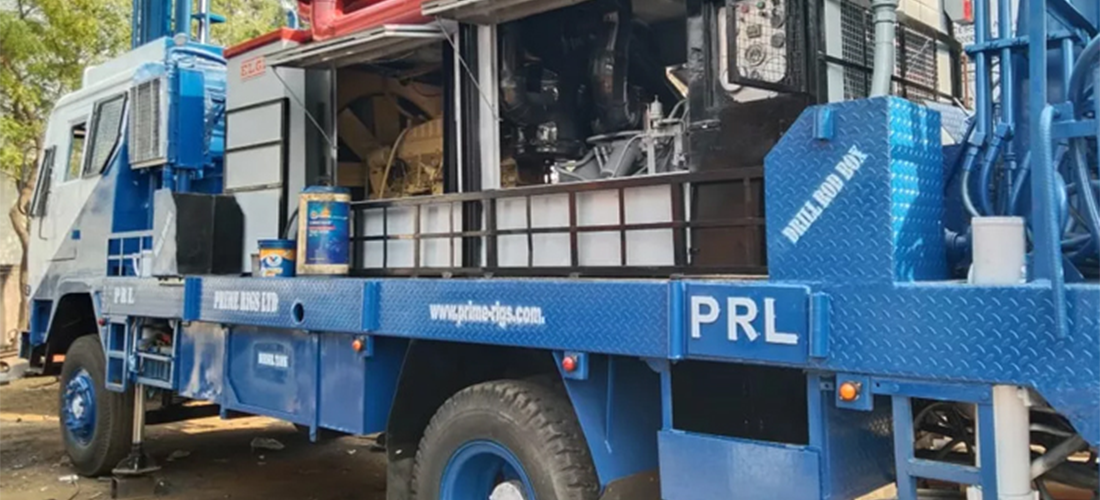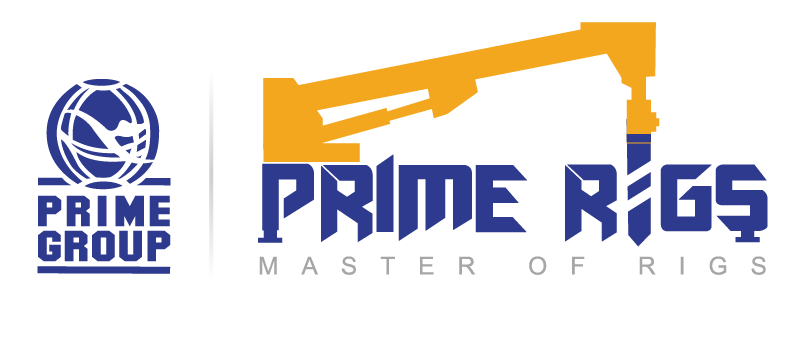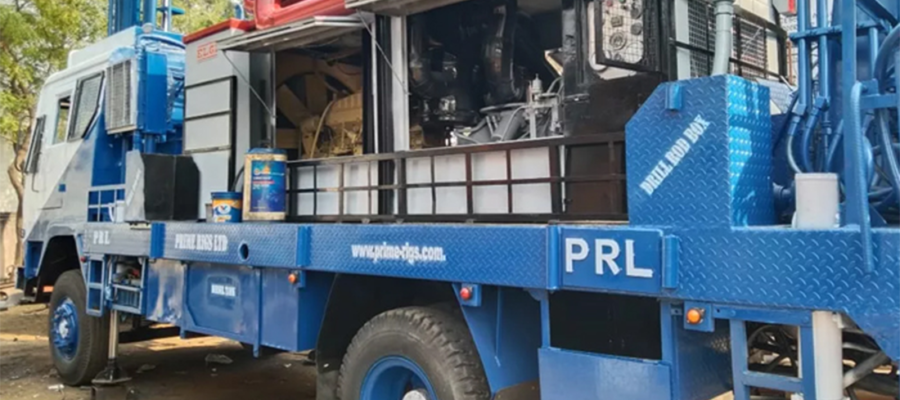
Exploratory drilling is the first phase in which soil samples are taken from deep beneath the surface, often down to a few kilometres. The soil composition in various areas within the established boundaries and at various depths is analysed to make a well-informed conclusion. Exploration core drilling is required to collect accurate temperature readings, rock samples, and fluid samples for chemical analysis for which drilling rig companies can easily help.
Mineral exploration tries to find mineral and rock deposits that can be utilised to meet society’s resource needs. Mining for the extraction of mineral resources is a very expensive process that must be carried out only after preliminary drilling to determine the exact site where mining activities are economically and commercially viable.
Methods of Exploratory Drilling
Depending on the type of deposit and its closeness to the surface, several exploratory drilling techniques and approaches are used. When the top of a deposit intersects the surface or outcrops, a bulldozer or backhoe can dig shallow trenches. Trenching gives accurate near-surface data as well as the ability to gather large volumes of samples for testing. The following are the most commonly utilised exploration techniques by the drilling rig companies:
- Holes in the core,
- Boreholes and wells for exploratory purposes
- Hydro-probes
- array of micro-holes
- slender holes
- Wells with Step-outs and
- Holes with a thermal gradient
In the geothermal business, exploration boreholes can be utilised for a variety of objectives.
They can provide in-depth information about a resource, helping engineers better assess the potential power output of a given area. Existing geothermal power plants that want to extend their supply can use exploratory boreholes as well.
Process of Mineral Exploration
When a set of evaluation phases is used to analyse a location’s mineral potential, exploration becomes systematic. At each level, knowledge of the project grows, and this knowledge is used to choose whether or not to proceed with the project. Quantifying mineralization, defining the deposit’s shape, size, and metal composition, and deciding whether to continue with exploration or abandon it all require a step-by-step method in exploration activities.
The first step is to decide on an exploration plan, such as whether to begin with known resources, such as identifying a mineral belt and exploring from its outskirts or begin with undiscovered but potentially lucrative regions and gather data.
The second stage is prospecting, which is when we go out on the ground to look for indicator minerals and investigate. Using both geophysical and geochemical prospecting, the property housing a deposit, known as the ‘prospect,’ is studied to establish some of the deposit’s most critical features, such as its quality and amount, size, shape, and direction in space.
After that, the next step is to increase exploration efforts by leveraging existing maps and historical data, as well as geophysics and trenching to try to find drill targets.
Conclusion
Drilling is one of the most significant and also one of the costliest methods of mineral prospecting. Drilling locates and characterises economic mineralization in virtually all situations, and drilling is the final test for all of the ideas, hypotheses, and forecasts made throughout the prospect generation and target creation phases of the exploration process. While exploration has never been more difficult than it is now, technological advancements from drilling rig companies have allowed the most difficult and repetitive operations of drilling to be securely completed due to the fast advancement of modern control systems and automation.
Recent Post
- Frequent Used: Heavy Construction Equipment and Instruments
- What Type of Water Drilling Should You Choose?
- How To Choose The Perfect Drilling Rig To Buy?
- Tips For Selecting the Right Drilling Rig According to Your Need
- Water Well Drilling: Numerous Advantages
- How To Find Affordable And Reliable Water Well Drilling Rigs For Sale?
- Everything You Need to Know About Water Construction Rigs
- Water Drilling Rigs: Know The Different Types
- Refurbished Borehole Drilling Machine: Is It Worth The Purchase?
- Safety for the Construction Industry: Why Does it Matter?
- Milling Or Drilling: Which Is The Right Process To Choose?
- Choosing A Construction Truck Rigs Supplier Keeping Perfection In Mind
- Factors That Can Help You Select The Best Water Well Drilling Rig
- What Makes Drilling Rigs Different From Milling Rigs?
- Water Well Drilling Rig: All You Need to Know About It
- Do’s and Don’ts of Choosing the Right Rigs
- Underground Drilling Rigs: Features That Make Them Unique And Most Recommended
- What are construction drilling rigs? Why do companies need them?
- How do drilling companies help you with core drilling exploration?
- Key Features and Benefits of Drilling Machines in the Construction Industry
- Exploring the Advantages of Portable Borewell Drilling Technology
- How to Choose the Right Drilling Rig for Your Needs
- Reasons to Invest in Absolute Guide for Rotary Drilling
- Selecting the Ideal Drilling Rig: Ensuring Safety, Efficiency and Cost-Effectiveness




